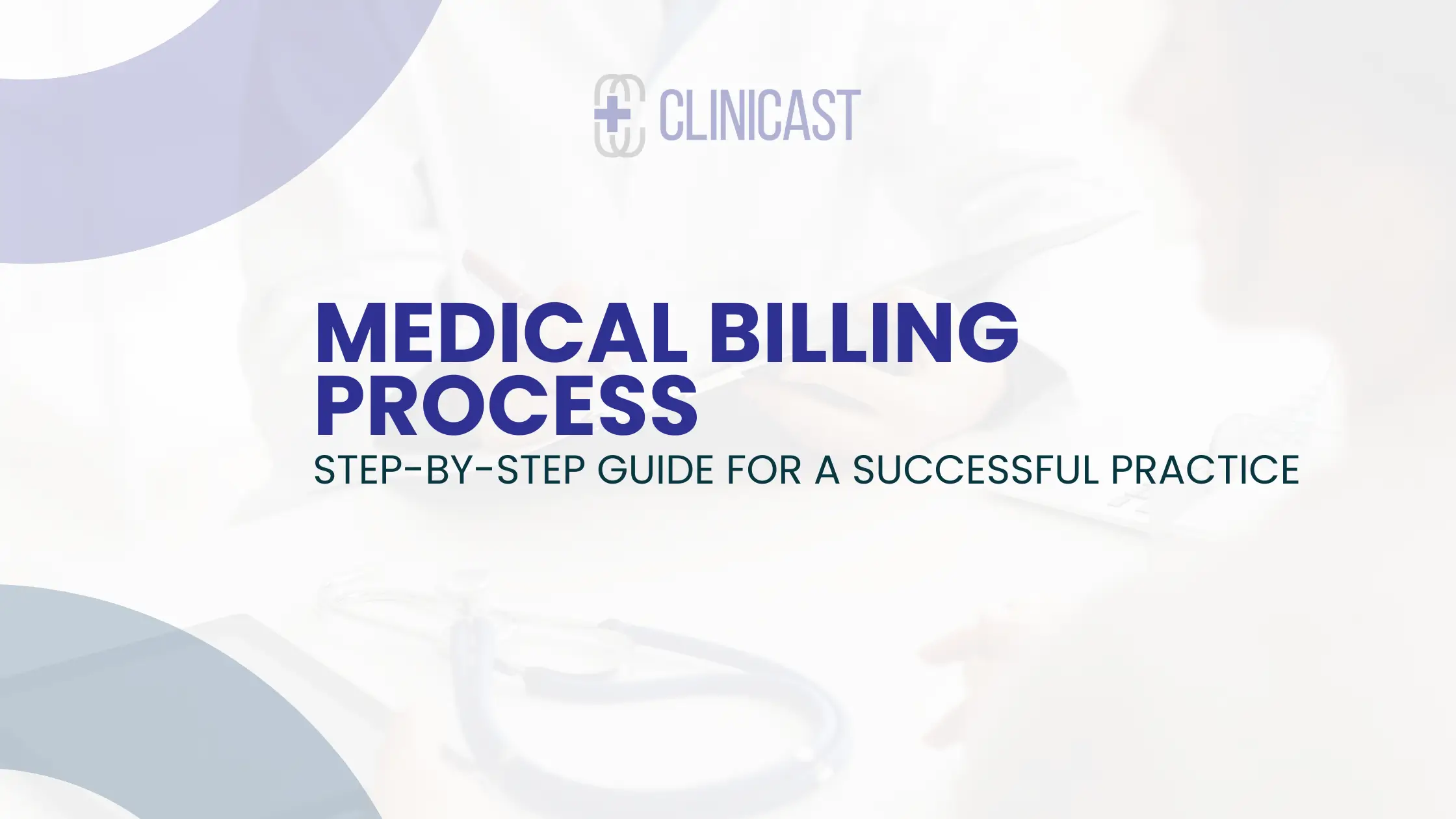Medical billing is a complex process, but it is essential for the financial success of any healthcare organization. With a clear understanding of the steps involved, you can ensure that your organization’s medical billing process is efficient and accurate.
Accurate medical billing is essential for the success of any practice. It is a process that starts with the patient visit and ends with the insurance reimbursement. The entire process can be divided into five main steps: patient registration, insurance verification, treatment coding, billing, and collections.
The medical billing process can be complex, and it is important to understand how it works in order to get the most out of your insurance coverage.
This guide will take you through the medical billing process step-by-step, so that you can better understand how it works and what you can do to ensure that you will receive complete reimbursement for the services rendered.
The first step, patient registration, involves creating a patient file and collecting the necessary information. The second step, insurance verification, is the process of verifying the patient’s insurance coverage. The third step, treatment coding, is the process of translating the medical services into codes that will be used to bill the insurance company. The fourth step, billing, is the process of generating and sending the patient’s bill to the insurance company. The final step, collections, is the process of collecting any payments that the patient owes.
How To Streamline Your Medical Billing Process?
Healthcare providers are increasingly looking for ways to streamline their medical billing process. This is due to the fact that billing is a complex and time-consuming process, which can lead to delays in payments.
Medical billing can be processed efficiently by taking a few simple steps such as automating data entry, using billing software, and outsourcing the process to a medical billing company. It is important to clearly define the roles and responsibilities of each team member, establish standards for operating procedures, create a system for tracking and reporting progress, and implement quality control measures. These steps can help create a medical billing process that is efficient and effective.
Here are medical billing process step-by-step operating functions you should consider for having smooth revenue management for your practice
Medical Billing Process Step By Step Guide
Step 1: Register Patients To Your Medical Billing System
The first step in registering a patient for medical billing is to gather their personal information. This includes the patient’s name, address, date of birth, and contact information. You will also need to obtain the name of the patient’s primary care physician and any insurance information they may have.
Once you have all the required information, you will need to input it into the medical billing system. This can be performed both electronically and manually. After the patient is registered, you will be able to bill for any services rendered.
Step 2: Verify If The Patient Has Valid Insurance
It is important to verify a patient’s insurance prior to rendering services in order to get accurate medical billing. This can usually be done by calling the insurance company or checking their website. When verifying insurance, be sure to get the patient’s name, date of birth, and insurance ID number. You will also need the name of the policyholder if different from the patient. If the insurance is through an employer, you will also need the name of the employer and the address. Once you have this information, you can contact the insurance company to verify the patient’s coverage.
Request the patient’s most recent insurance card from them and/or their guarantor and verify that the insurance company is still active and that the patient is still covered under the plan. If the insurance company has changed or the patient is no longer covered, get new insurance information from the patient.
Step 3: Use ICD-10 And CPT Codes To Bill Healthcare Services
ICD-11 is the most recent version of the International Classification of Diseases, and CPT codes are the most up-to-date version of the Current Procedural Terminology. Making the switch will ensure that your medical scripts are compliant with the most current coding standards.
If you have been using the old CPT /ICD code format, then there are a number of medical billing service-providing agencies that can help you convert your previously integrated ICD codes to the latest ICD-11 alphanumeric codes. These agencies will also help you keep up to date with the latest coding changes.
Step 4: Add Charges To Your Medical Claims
Although medical companies follow standardized fees for the services they provide. But some services need separate visitation charges. For instance, if a provider takes $300 for private clinic consultation, they will add $300 along with the service codes and diagnosis integrated fees in the reimbursement claim.
When insurance companies process claims, they often use a formula that takes into account the Medicare-allowable charges for each procedure. If your claim includes charges that are above the Medicare-allowable amount, the insurance company will usually reimburse you for the full amount of the charges.
In some cases, you can negotiate a higher reimbursement rate with your insurance company. You can appeal the decision if you are unsatisfied with the insurance company’s reimbursement rate.
Step 5: Carefully Scrub And File Your Claims
Mistakes are frequent, even if you know how to code your services and claim for them using designated codes. You can catch the most common and even unnoticed errors by carefully scrubbing your bills. Claim scrubbing can be applied through medical billing software that helps practices to find minor claim errors that can lead to claim denials and rejections.
Several medical billing software is available in the market with tailored medical practice needs. As a healthcare organization or a private practice, it is vital to automate your billing process to save time and expenses.
Once scrubbing is done, it’s time to file your claims. If your patient is listed under Medicare or Medicaid insurance, you can directly send your claims to them online. In other cases, you have to file claims according to insurance payers. If scrubbing and filing claim electronically to other payers are giving you a hard time, then opting for a clearinghouse would be an option.
They are a third-party bill processing service that takes care of claim scrubbing and clearing processes according to insurance payer formats.
Step 6: Send Patient Reminders To Pay Their Part Of The Payment
It’s important to stay on top of your finances, and that includes making sure your patients pay their part of the bill after insurance companies have processed their claims. You can use medical billing software to send patient reminders and offer a payment plan if the patient is having difficulty paying the full amount.
There are a few things to keep in mind when sending these reminders. First, be sure to include the balance due and the date that payment is due. Second, make it easy for patients to pay their bills by providing a link to your online payment portal or by giving them the option to pay over the phone. And finally, be sure to send these reminders professionally and politely.
You can also offer a payment plan if the patient has difficulty paying the full amount. No matter how you do it, ensuring your patients pay their part of the bill is essential for keeping your practice financially healthy.
Conclusion
No matter how long and challenging it gets, the medical billing process must be automated at every step to avoid payment delays that eventually hurt the healthcare revenue cycle. Ensuring what medical billing process steps to follow becomes vital when all you need to run a successful practice. With this, you can be paid uninterruptedly and see fewer claim denials and rejections.



